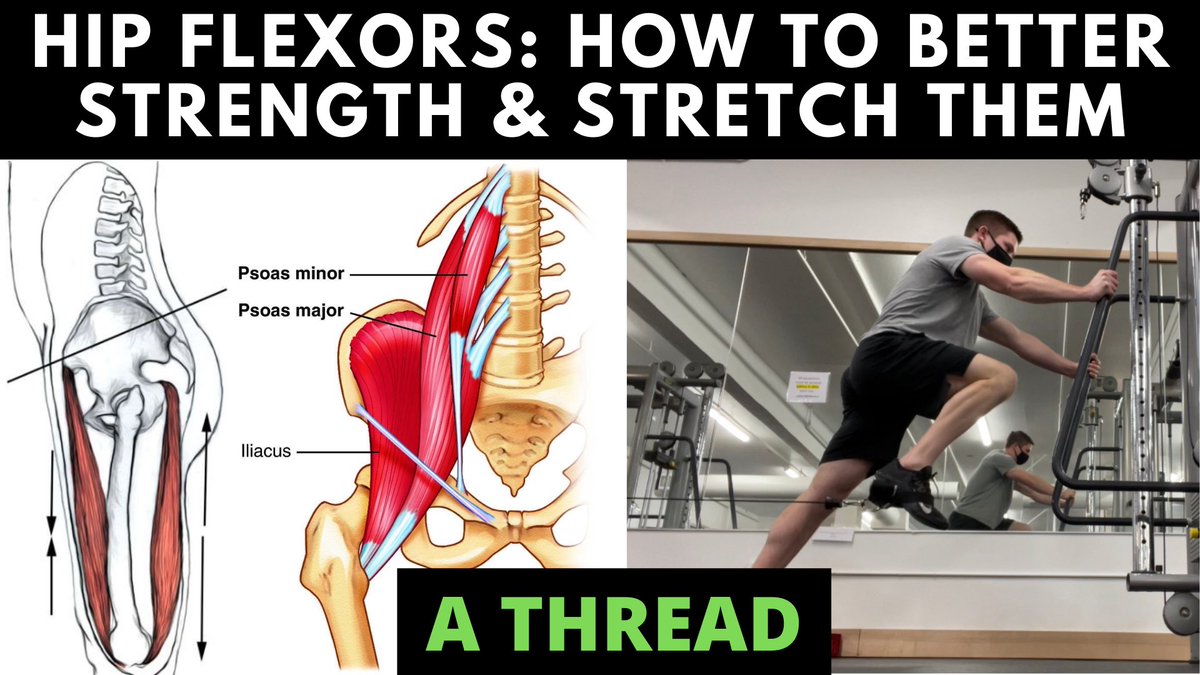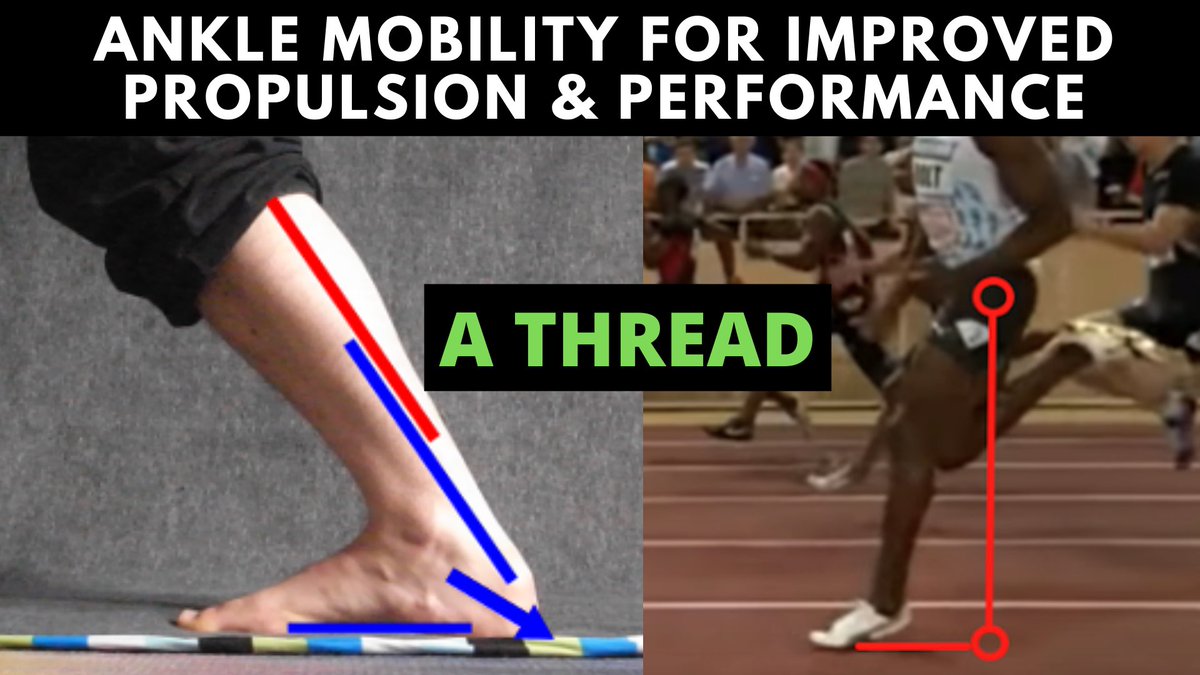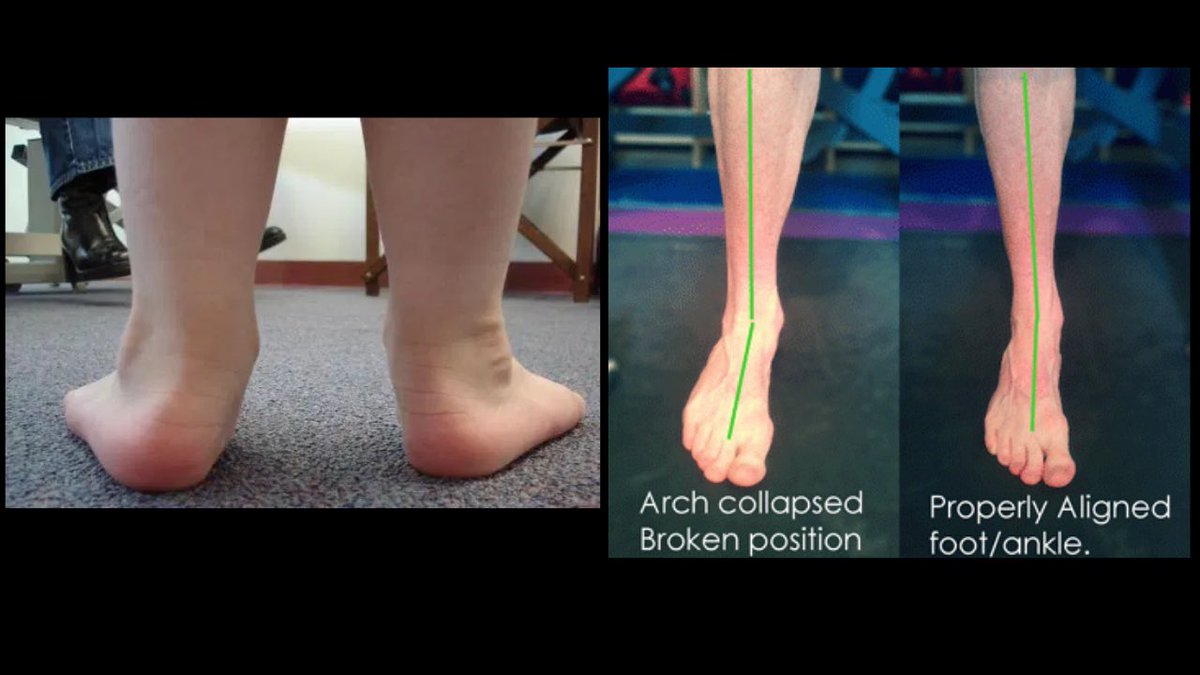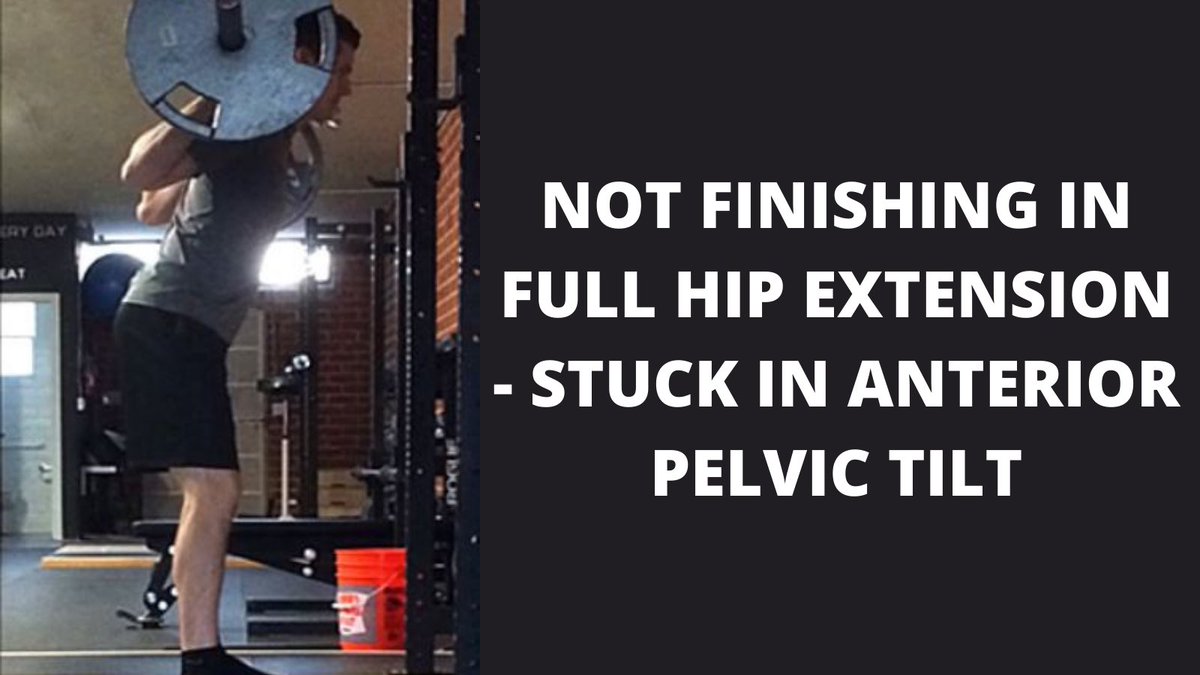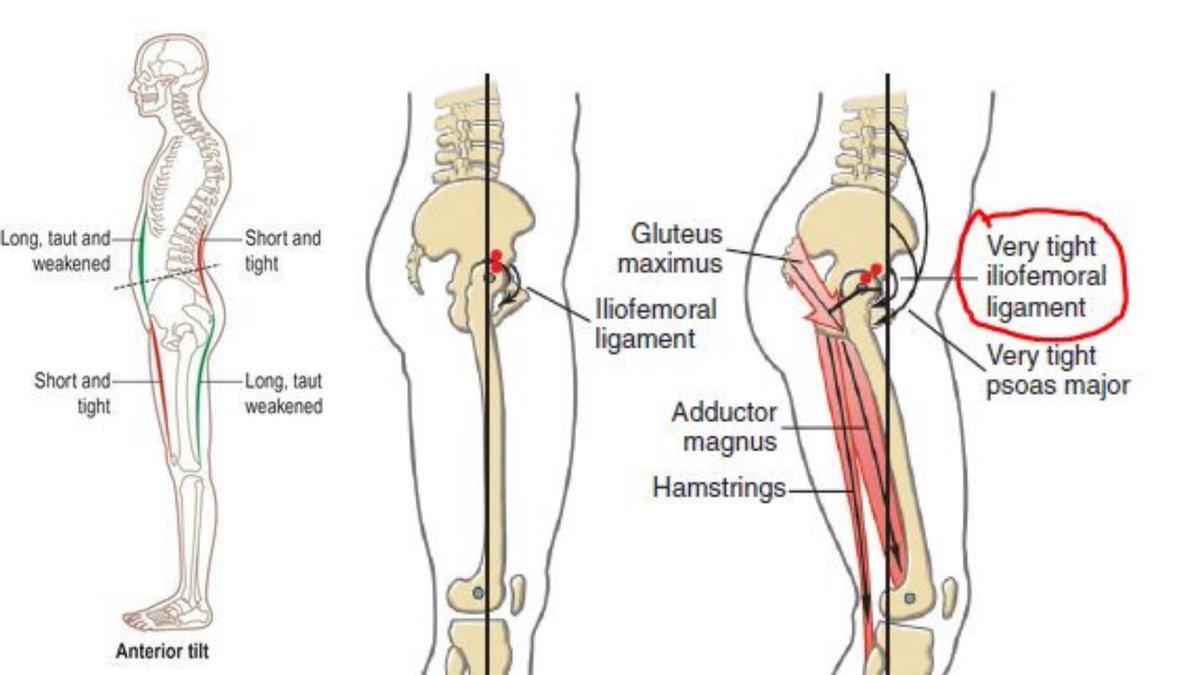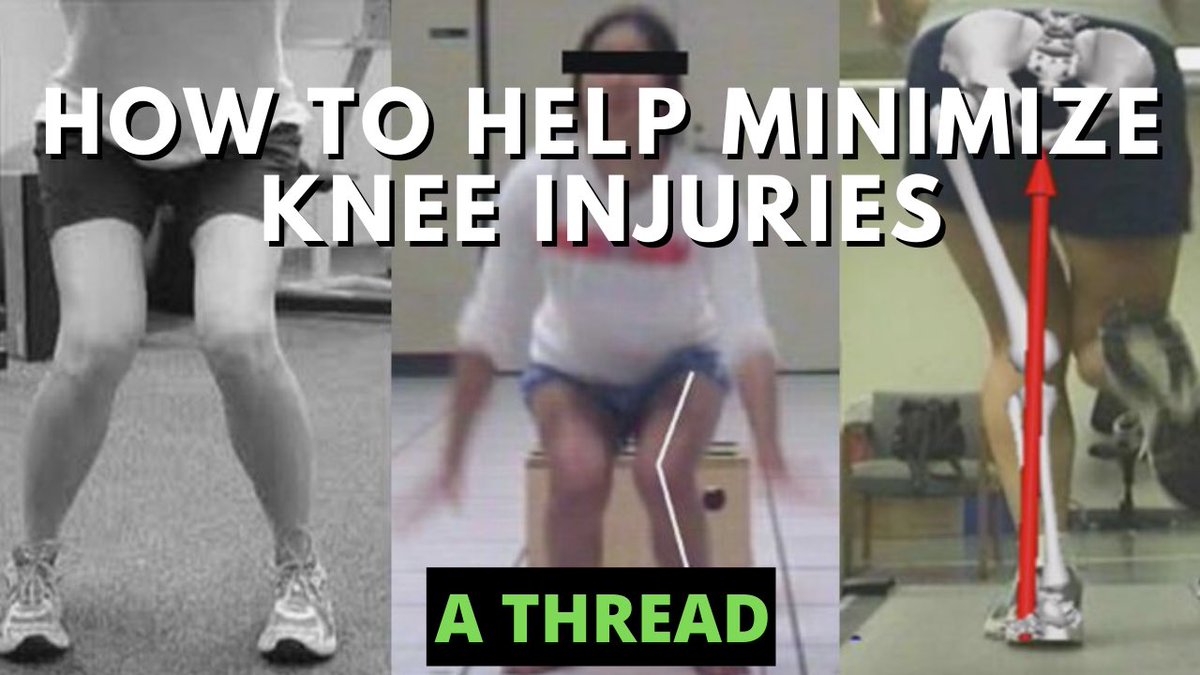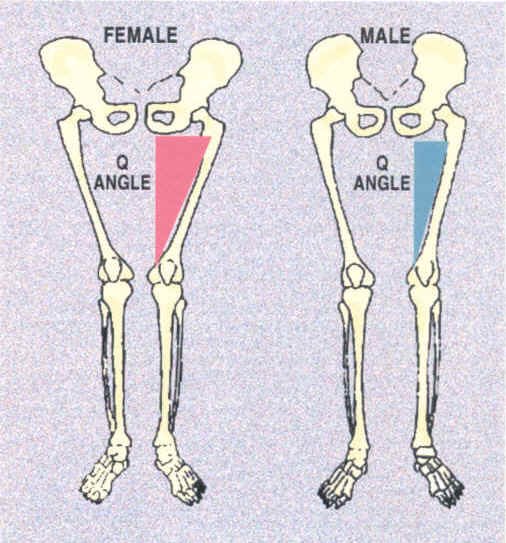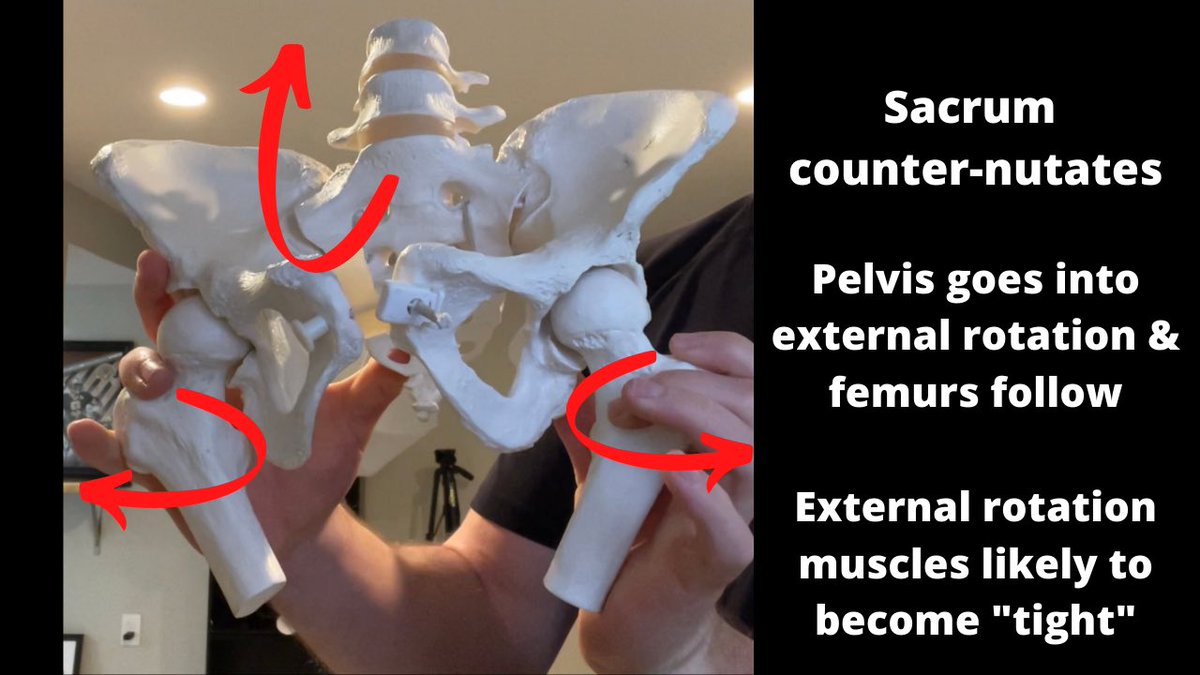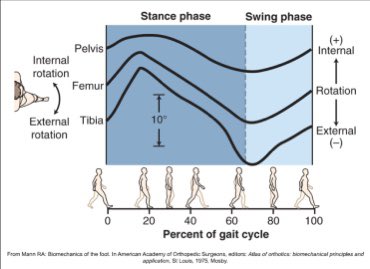
A thread on the IT-Band, why it frequently gets irritated, & what the underlying cause usually is
How often do you see people foam rolling their IT-Band, running down the outside hip/thigh?
That is often the approach for managing issues, but I think we can do better...
How often do you see people foam rolling their IT-Band, running down the outside hip/thigh?
That is often the approach for managing issues, but I think we can do better...

I believe the biggest misconception about the IT-Band is that it is actually the issue in the first place.
The IT-Band attaches at our pelvis and runs down into the outside tibia (lower leg).
The IT-Band attaches at our pelvis and runs down into the outside tibia (lower leg).

It actually blends with the Tensor Fascia Lata (TFL) muscle, which is more often the culprit than the IT-Band itself. 
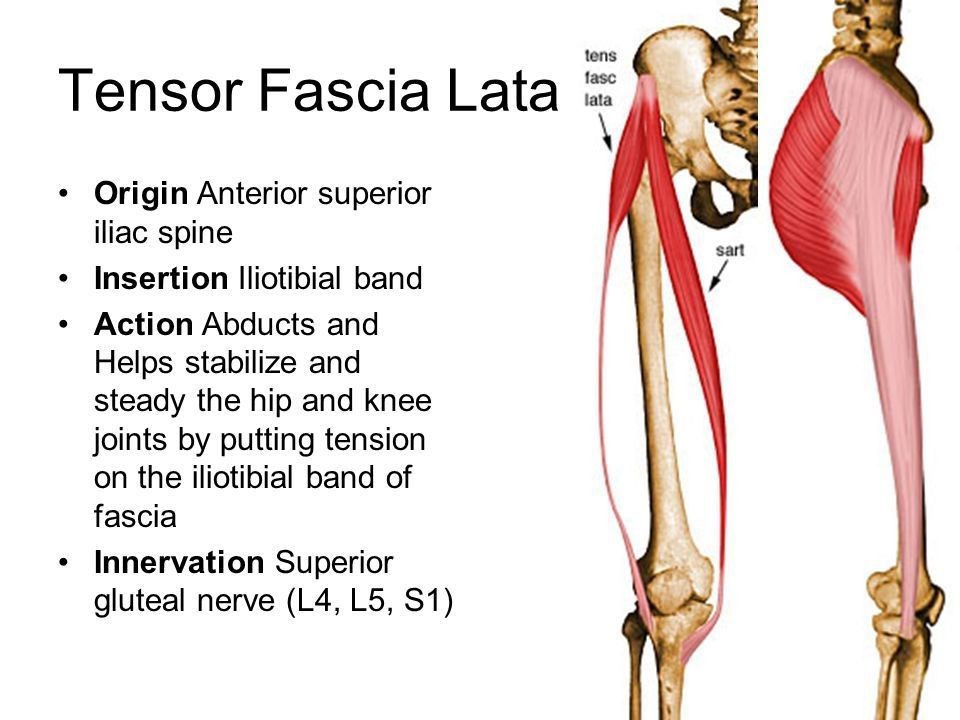
The TFL assists in internal rotation of the hip but also in flexion and abduction of the hip/thigh as well.
Basically, the TFL is a muscle that is positioned to easily compensate for a lack of mobility or muscular coordination within the hips or legs.
Basically, the TFL is a muscle that is positioned to easily compensate for a lack of mobility or muscular coordination within the hips or legs.

Another underrated muscle in the context of a “tight IT-Band” is the Vastus Lateralis, the most outer quad muscle.
When the femur is rotated inward, this muscle actually has leverage to hold the femur in an internally-rotated position.
When the femur is rotated inward, this muscle actually has leverage to hold the femur in an internally-rotated position.

So the point is, it’s probably not your IT-Band.
It’s probably another muscle near it.
All the foam rolling in the world won’t help this much because it is very often a pelvic orientation issue first.
It’s probably another muscle near it.
All the foam rolling in the world won’t help this much because it is very often a pelvic orientation issue first.

Anterior Pelvic Tilt drives the femurs into internal rotation, so addressing that first is key by restoring hip extension via glutes and hamstrings.
Here is one simple drill you can do at home to cook your hip extensors, but be sure to stay within the limits you can handle,
Here is one simple drill you can do at home to cook your hip extensors, but be sure to stay within the limits you can handle,
meaning you aren’t arching your low back at any point.
Following that, since the most of the internal rotation work has been compensatory, we want to restore proper IR.
I would start on the floor with a simple exercise to target IR/adductor muscles with this @postrestinst drill
Following that, since the most of the internal rotation work has been compensatory, we want to restore proper IR.
I would start on the floor with a simple exercise to target IR/adductor muscles with this @postrestinst drill
Then, I would move to more of a dynamic and upright activity.
I am partial to staggered-stance deadlifts for that, as hinge patterns bias lots of internal rotation and need the hips to coordinate with the lower body in IR.
I’m reaching for the opposite-side toes to bias IR here
I am partial to staggered-stance deadlifts for that, as hinge patterns bias lots of internal rotation and need the hips to coordinate with the lower body in IR.
I’m reaching for the opposite-side toes to bias IR here
The TFL should actually be working in IR to some extent, but it should not be the only muscle involved.
Hopefully those who have read my threads before have seen that the position of the hips influence much of what happens below them.
Hopefully those who have read my threads before have seen that the position of the hips influence much of what happens below them.
• • •
Missing some Tweet in this thread? You can try to
force a refresh

